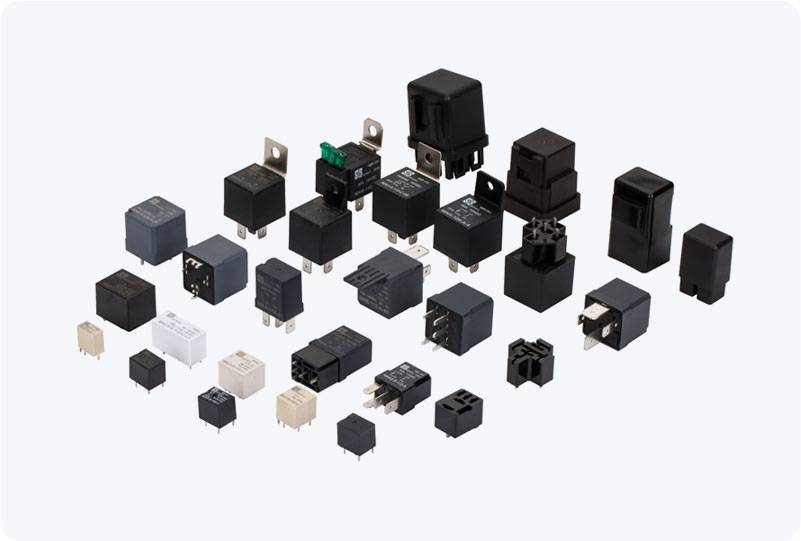understanding relay failure modes in cars: common issues and solutions
Release time:2025-10-28 04:33:42
In modern vehicles, relays are essential components in controlling electrical systems, allowing for efficient and reliable operation of high-current devices with a low-current control signal. They are used extensively in automotive electrical systems, including air conditioning, power windows, headlights, and even the starter motor. Despite their importance, relays are prone to failure, which can cause malfunctioning in a car's electrical system. This article delves into the common relay failure modes in cars, their causes, symptoms, and potential solutions.

1. Contact Burns (Contacts Burned)
One of the most common and serious relay failure modes is the burning or pitting of the relay contacts. Relays operate by using an electromagnetic coil to pull together or separate metal contacts. These contacts carry the current needed to operate various components of the vehicle. Over time, the contacts can become worn down or damaged due to the heat generated from high currents. When contacts burn or pit, the electrical connection is compromised, causing poor contact and possibly leading to intermittent or complete failure of the circuit.
Symptoms: Flickering or non-functional electrical components, such as the power windows, can be a sign of contact burn. If the relay contact is burned to a severe degree, it may fail entirely, preventing the component from operating.

